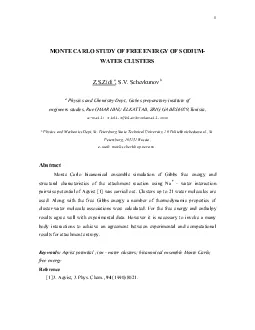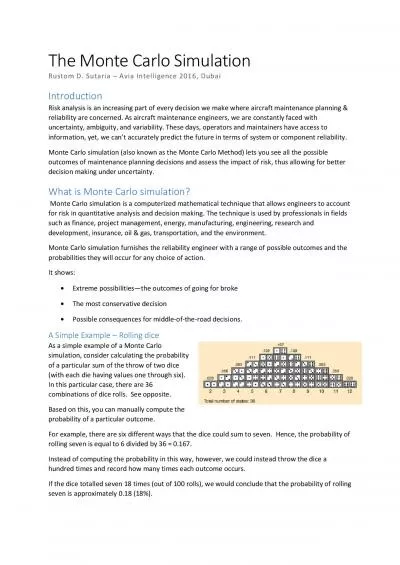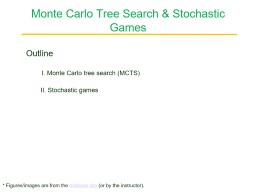PPT-1 Monte-Carlo Tree Search
Author : giovanna-bartolotta | Published Date : 2017-08-13
Alan Fern 2 Introduction Rollout does not guarantee optimality or near optimality It only guarantees policy improvement under certain conditions Theoretical Question
Presentation Embed Code
Download Presentation
Download Presentation The PPT/PDF document "1 Monte-Carlo Tree Search" is the property of its rightful owner. Permission is granted to download and print the materials on this website for personal, non-commercial use only, and to display it on your personal computer provided you do not modify the materials and that you retain all copyright notices contained in the materials. By downloading content from our website, you accept the terms of this agreement.
1 Monte-Carlo Tree Search: Transcript
Download Rules Of Document
"1 Monte-Carlo Tree Search"The content belongs to its owner. You may download and print it for personal use, without modification, and keep all copyright notices. By downloading, you agree to these terms.
Related Documents


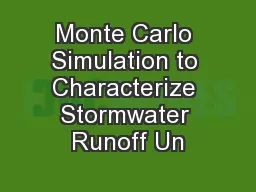


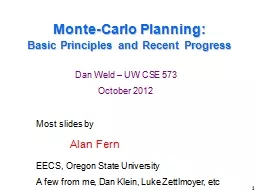


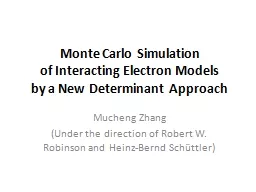

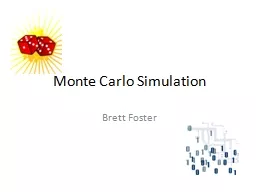
![Computer Graphics CSE 167 [Win 17], Lecture](https://thumbs.docslides.com/758602/computer-graphics-cse-167-win-17-lecture.jpg)
